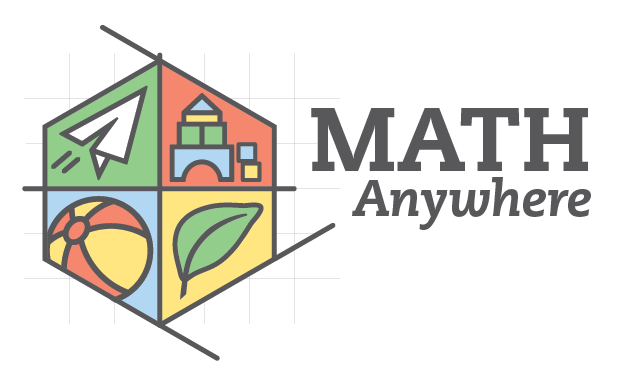Math at the Movies- at Home!
At Math Anywhere! our projects invite math conversations into the spaces families go. Our Math at the Movies slides were designed to scroll across the big screen and engage a theater audience. With families now staying home to watch there is no reason we can’t bring our conversation-starting images to the small screen. Give it a try! Just broadcast this Youtube playlist to your own screen before you start your movie, while the popcorn is popping and everyone is settling in. Enjoy!

Molly Daley
Molly Daley is a Regional Mathematics Coordinator at ESD 112 in Vancouver, WA. She started the Math Anywhere! project to help children and their grown-ups experience the creative and playful side of mathematics. As soon as she learned there was more to math than the rules she memorized in school, Molly was hooked. She believes math is expansive and she likes helping people recognize their own mathematical connection.

